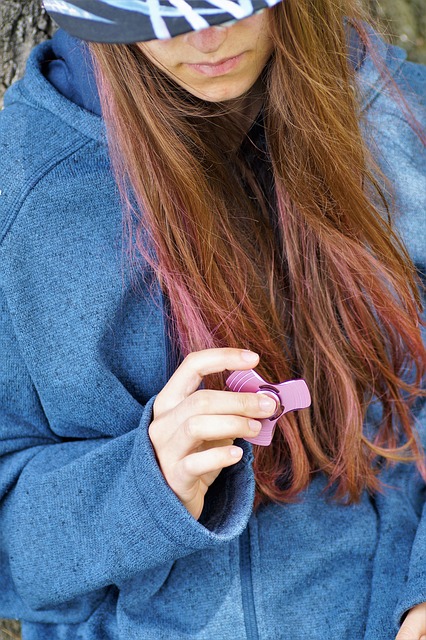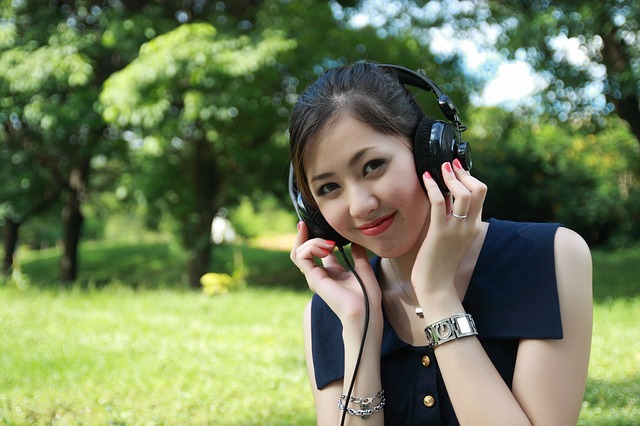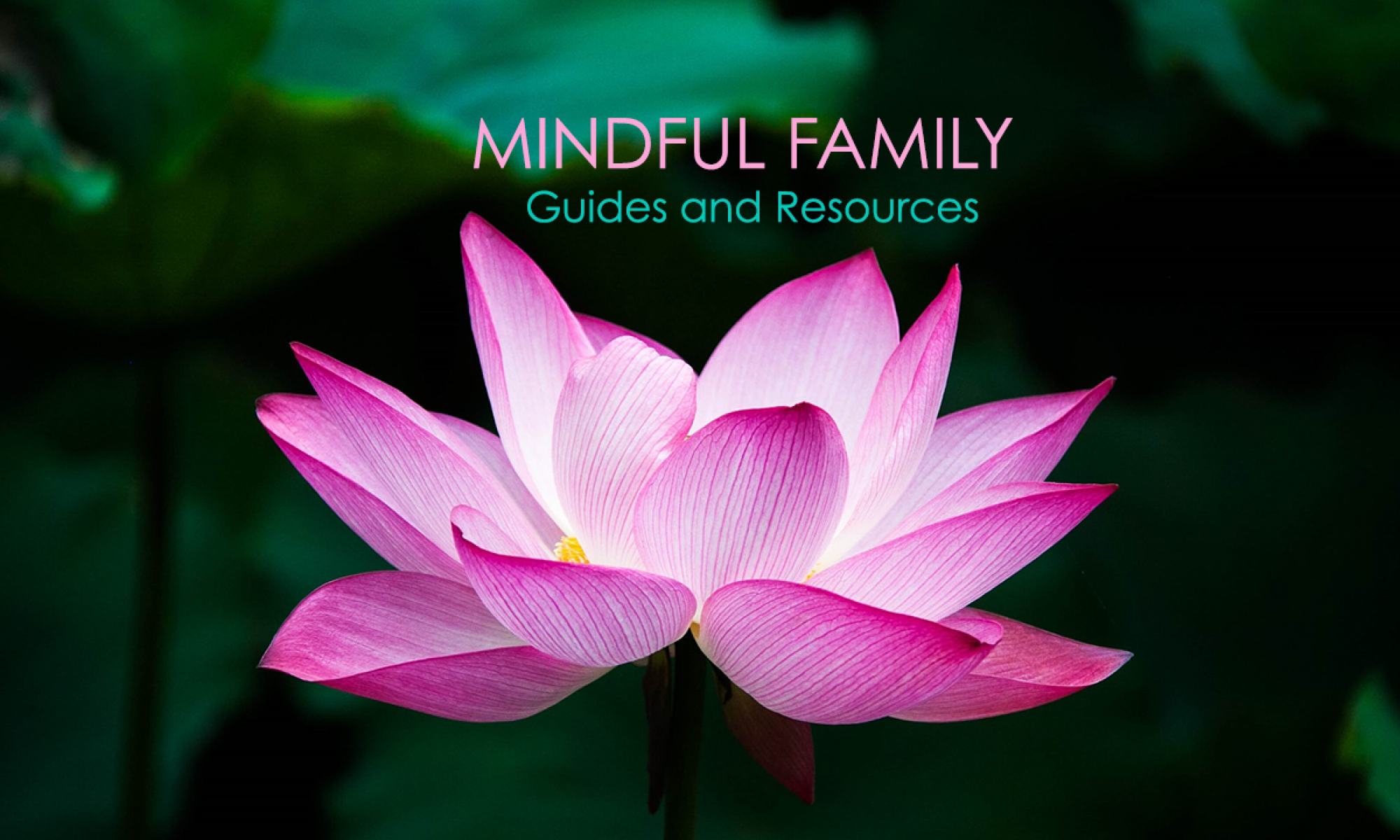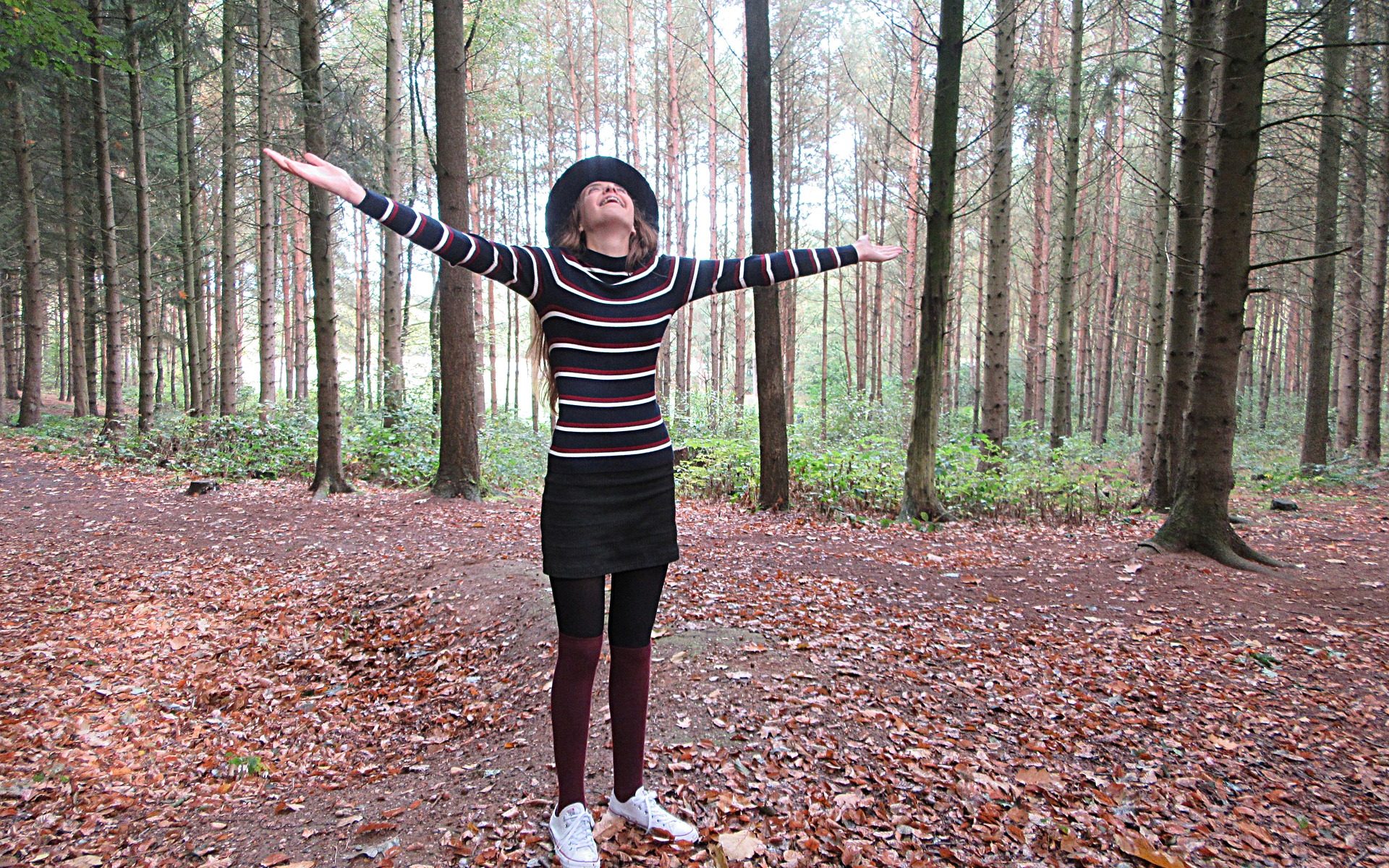By Haylee Hansvall
What is Mindfulness?

Mindfulness is rooted in ancient Eastern philosophy and is defined as “the ability to be present and attentive in the moment” (Sheridan, 2016, p. 29). What does it really mean to be present? We are truly present when we focus on only what is happening right now (Agarwal & Dixit, 2017). Mindfulness asks that you do not judge or dwell on what is happening in the present moment, but that you become aware of it and acknowledge it. Focusing on the present moment sets you up to let go of the past and not worry about the future, which can lessen feelings of anxiety and regret (Healthwise Staff, 2017). There are many forms of mindfulness practice. Focused meditation draws your attention to one thing such as your breath, and image, or how your body feels. Loving-kindness meditation asks you to think of something you like about yourself and other people you know (Oberle & Schonert-Reichel, 2014). Consistent practice of loving-kindness meditation has been shown to improve our self-esteem and feeling of social-connectedness.

Why Mindfulness is Awesome
Adolescence is a period of heightened stress due to many psychological, physical, and social changes all occurring at once (Agarwal & Dixit, 2017). Have you felt your heart race before an exam? Have you ever had trouble focusing on a specific task at school or work? Have you ever felt your mind jump endlessly from thought to thought? Have you ever panicked under pressure? Have you ever lost your temper over something little? It’s okay – most people your age have. There’s good news, though! We can train ourselves to be able to handle these situations better. While stress is a fact of life, but being stressed-out doesn’t have to be (Beach, n.d.). Mindfulness can help you make stress work in your favour by improving your concentration and being less likely to get thrown off track by distraction.

Mindfulness can help us learn how to calm ourselves, lessen stress, and help improve our mood (Sheridan, 2016). Adolescents who practiced mindfulness training experienced an improvement of their ADHD symptoms and improved the quality of life of adolescents with depression (Tan, 2015). According to Anxiety Canada Youth (n.d.), focusing on the present moment makes it really hard for us to feel anxious because anxiety is connected to the past and the future. Did you know that mindfulness can improve the health of our bodies, too? Mindfulness has been shown to improve sleep, lower blood pressure, and improve symptoms of people who have chronic conditions like diabetes (Healthwise Staff, 2017).
How to Practice Mindfulness
In order to reap the benefits of mindfulness, the more you do it the better. Luckily, mindfulness can be practiced anytime, anywhere, and by anyone! You don’t have to be in a quiet room or a spiritual person to be mindful (Sheridan, 2016). So how do we practice being mindful? In the beginning, you may notice your mind wander. That’s expected as mindfulness is a learned skill. Try to refocus it back to the present moment when you feel it drift away. Here are some examples of ways to practice mindfulness:
Body Scan

This exercise connects the mind with the body in the present moment. First, sit or stand comfortably. Focus your attention on your entire body, starting at your feet. Feel your toes wiggle and slowly work all the way up your body, ending at your head. Note the places where you feel tense or in pain. Send energy with your breath to relax these places (Healthwise Staff, 2017). This exercise can be done anywhere, at any time.
Mindful Eating

Do you pay attention to the food when you eat? Many people tend to eat in a rush without paying much attention. This exercise asks you to really focus on eating a meal. Observe the food on your plate. Smell the aroma of the food. Notice what your stomach is telling you. Are you hungry? Notice what your mind is telling you. Do you like these foods? Focus on chewing and swallowing each bite in the present moment. What flavours do you taste? (Healthwise Staff, 2017). Eat slowly, with intention. How do you feel? Do you feel calm? Do you feel connected to the present moment?
Loving-Kindness Meditation

In her book, Sheridan (2016) describes the following loving-kindness meditation. Start by sitting or standing comfortably. Close your eyes. Slowly inhale and exhale three times. Picture yourself standing in front of you. Who do you see? Extend kind wishes to the image of yourself in front of you. Feel the kindness that you are sending yourself. Now, picture someone you know who has helped you. Send them kind wishes and connect this kindness with your breath in the present moment. Notice what you are wishing them. Next, picture someone you kind of know, but not well. Do the same for them. Next, picture someone you find difficult. Stay focused on the present moment and acknowledge your feelings you have toward this person. Send them genuinely kind wishes. Repeat the phrases to stay focused. Picture all four people in front of you. Bring your attention to your breath and slowly open your eyes. How do you feel?
Mindful Music

This exercise lets you choose your favourite song (or any song). Listening to music mindfully, not passively (really paying attention) can be a good stress reliever. First, sit comfortably and get rid of all distractions. Close your eyes and take two deep breaths, connecting yourself to the present moment. Take note of the silence and the sound of your breath before the music plays. When you hear the song play, focus on the beat of the music. Is it slow or fast? What does the song do to your heartbeat? Focus on how it makes you feel. What emotions do you feel? Listen to every lyric. What instruments do you hear? (Beach, n.d.).
Video: A One-Minute Meditation (“OM-M”)
Everyone has a minute or two to spare in their day. Watch the video below and follow along with me!
Video created by
Haylee Hansvall
1:53 mins, November 2018
In Adobe Spark Video
REALLY COOL RESOURCES
Mindful Attention Awareness Scale (MAAS)

How mindful are you? The Mindful Attention Awareness Scale is a tool that will allow you to rate your own level of mindfulness. All you need to do is rate from 1-6 how frequently you experience each scenario on the list. Calculate your score by finding the average. The higher your score, the higher your level of mindfulness. Go ahead, give it a try!
URL: https://ppc.sas.upenn.edu/sites/default/files/mindfulnessscale.pdf
Headspace Mobile App

Headspace is a popular app that teaches you how to be mindful through guided mindfulness and meditation exercises. Examples of topics include stress, anxiety, sleep, procrastination, and focus. Some exercises also include interactive videos. You can even get started with Headspace’s Basics course for free!
URL: http:// https://www.headspace.com
Mindfulness – Foundry BC

Foundry BC is a health and wellness initiative designed for youth ages 12-24. This website has a wealth of information about mindfulness and where to find more support. You can also learn new ways to be mindful and read personal stories about how some teens have managed their mental health challenges.
URL: https://foundrybc.ca/resource/mindfulness/
Mindfulness for Teens

The website has several guided meditations that you can listen to from eating a raisin mindfully to being present as you feel your toes wiggle in your shoes. Other meditations include mindful movement, walking meditation, and loving-kindness meditation. The audio recordings range from three to thirty minutes. Try listening to one today!
URL: http://mindfulnessforteens.com/guided-meditations/
Growing up Stressed or Growing up Mindful?

Did you know that teenagers are the most stressed out aged group in America? Balancing a social life, school, planning for college, part-time jobs, and relationships – sometimes it can be a too much to handle. In this 20-minute TEDx talk, Dr. Chris Willard explains what happens in the body and in the mind during the stress response, and how being mindful can actually help you make stress a good thing.
URL: https://www.youtube.com/watch?v=znlsoaM_ALQ
References
Agarwal, A., & Dixit, V. (2017). The role of meditation on mindful awareness and life satisfaction of adolescents. Journal of Psychosocial Research, 12(1), 59–70.
Anxiety Youth Canada. (n.d.). Mindfulness exercises. Retrieved from
https://youth.anxietycanada.com/mindfulness-exercises
Beach, S. R. (n.d.). Mindfulness for teens. Retrieved from
https://leftbrainbuddha.com/mindfulness-for-teens/
Headspace. (2018). Logo [Digital Image]. Retrieved from https://www.headspace.com
Healthwise Staff. (2017). Mindfulness-based stress reduction. Retrieved from
https://www.healthlinkbc.ca/health-topics/abl0293
Foundry BC. (2018). Logo [Digital Image]. Retrieved from https://foundrybc.ca
Oberle, E., & Schonert-Reichl, K. (2014). Mindfulness in adolescence: New directions for youth development, 142. Retrieved from https://ebookcentral.proquest.com
Sheridan, C. (2016). The mindful nurse: Using the power of mindfulness and compassion to help you thrive in your work. Charleston, SC: Rivertime Press.
Tan, L. B. (2016). A critical review of adolescent mindfulness-based programmes. Clinical Child Psychology and Psychiatry, 21(2), 193–207. doi: https://doi.org/10.1177/1359104515577486

